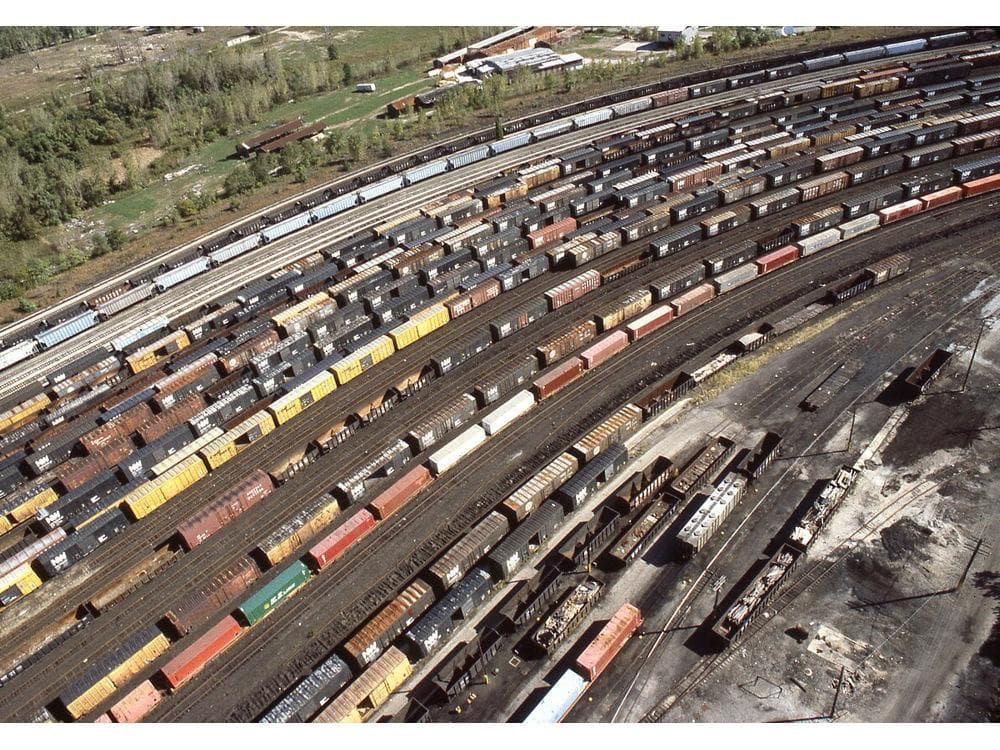All freight rail and most long-distance passenger rail is powered by Diesel-electric locomotives. Some short-distance passenger rail (commuter rail) is powered by electric locomotives. Light rail is typically powered electrically, as are subway systems.
Decarbonization of the rail sector and the transition to “all-electric everything” would require replacement of Diesel-electric locomotives with electric locomotives or locomotives fueled by Green Hydrogen.
The technology required to electrify freight rail is currently available, though it would need to be adapted to the more stringent requirements of freight rail. Long freight trains frequently use two to four 3,000 – 4,000 kW locomotives, which would determine the required current capacity of the overhead power lines. Freight rail is not suitable for the application of third-rail power supply because of the unrestricted access to the railbed.
The US Class 1 rail system comprises approximately 90,000 miles of track. Cost estimates for the electrification of freight rail vary widely depending on terrain, but would likely exceed $1,000,000 per mile, which would result in an investment requirement exceeding $90 billion, not including the investment in the electric generation and storage capacity required to reliably power the system. Conversion of other classes of rail systems would add additional costs.
There are also efforts underway to develop battery powered electric locomotives. These would likely be restricted to railyard and railcar placement duty and could be recharged from extensions of the overhead power lines in railyards. The locomotives could be paired with tenders holding larger batteries to extend their range.
Hydrogen could be used to fuel either Otto-cycle or Diesel-cycle combustion engines to power electric alternators or generators. However, the most efficient approach would be direct electric conversion in Hydrogen fuel cells. Each locomotive would be paired with a fuel tender carrying approximately 20,000 gallons of liquid Hydrogen for long-haul service. Railyard and railcar placement locomotives could use onboard fuel storage.
The technology required to produce a liquid Hydrogen fueled railroad locomotive largely already exists, with the exception of a durable, long-life 3,000 – 4,000 kW hydrogen fuel cell suitable for railroad application. Argonne National Laboratories is leading a project to develop a Hydrogen fuel cell powered locomotive. Matching the cost and durability of the Diesel engines with fuel cells is a major technical challenge. Matching the cost of Diesel fuel with liquid Green Hydrogen is also a major challenge, since Green Hydrogen is currently more than three times the cost of Diesel fuel.
It is difficult to estimate the investment required to store liquid Hydrogen throughout the Class 1 rail system and the investment required to transport the liquid Hydrogen from the liquefaction plants to the rail system storage facilities. Transportation of liquid Hydrogen at that scale is unprecedented and untested.
It is very likely that a liquid Hydrogen fuel system for the rail sector would be part of a larger system to produce Green Hydrogen for use as a long-duration energy storage medium, although the liquefaction facilities would be specific to the rail sector.
